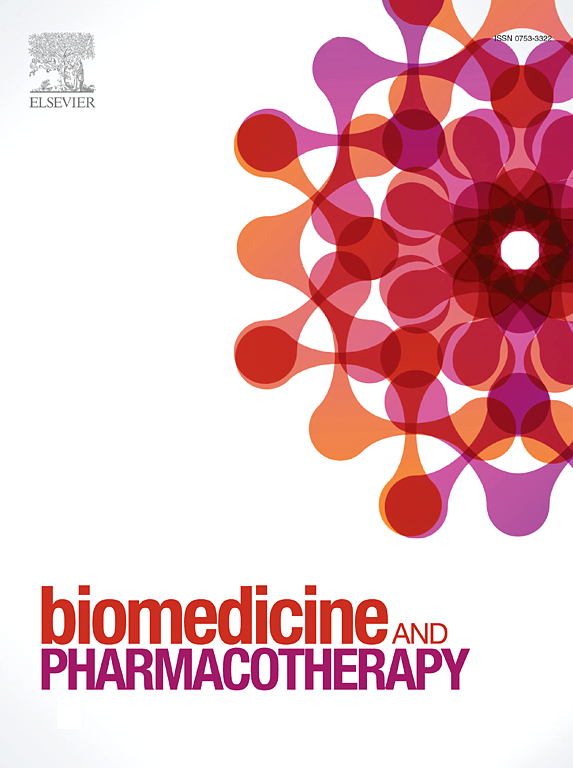Mitochondrial homeostasis: Exploring their impact on skin disease pathogenesis
IF 7.5
2区 医学
Q1 MEDICINE, RESEARCH & EXPERIMENTAL
引用次数: 0
Abstract
Mitochondria play a vital impact in maintaining the well-being of the skin, by regulating key cellular activities and processes in various skin cell types, including keratinocytes, fibroblasts, and melanocytes. Understanding their activity and dysfunction is essential for comprehending the pathophysiology of skin diseases and establishing viable therapeutic approaches. This review synthesizes current knowledge on the role of mitochondria in skin cells and their impact on disease progression. In keratinocytes, mitochondria support differentiation and skin barrier formation. In fibroblasts, they are essential for collagen synthesis and maintaining redox balance. In melanocytes, mitochondria facilitate melanin synthesis and protect against UV-induced oxidative damage. Mitochondrial dysfunction, characterized by generation of reactive oxygen species (ROS), alterations in mitochondrial DNA (mtDNA), and changes in biogenesis and dynamics, has been linked to skin diseases such as psoriasis, atopic dermatitis, and vitiligo. These dysfunctions disrupt cellular energy metabolism and stress responses, compromising skin structure and function. Mitochondria are therefore integral not only to energy production and oxidative stress regulation but also to the overall biosynthetic and protective functions of the skin. Future research should aim to deepen our understanding of mitochondrial dysfunction in skin cells and explore targeted strategies to restore mitochondrial health in skin diseases.
线粒体稳态:探讨其对皮肤病发病机制的影响
线粒体通过调节各种皮肤细胞类型(包括角质形成细胞、成纤维细胞和黑素细胞)的关键细胞活动和过程,在维持皮肤健康方面发挥着至关重要的作用。了解它们的活动和功能障碍对于理解皮肤病的病理生理学和建立可行的治疗方法至关重要。本文综述了目前关于线粒体在皮肤细胞中的作用及其对疾病进展的影响的知识。在角质形成细胞中,线粒体支持分化和皮肤屏障的形成。在成纤维细胞中,它们对胶原合成和维持氧化还原平衡至关重要。在黑素细胞中,线粒体促进黑色素合成并防止紫外线引起的氧化损伤。线粒体功能障碍以活性氧(ROS)的产生、线粒体DNA (mtDNA)的改变以及生物发生和动力学的变化为特征,与牛皮癣、特应性皮炎和白癜风等皮肤病有关。这些功能障碍破坏细胞能量代谢和应激反应,损害皮肤结构和功能。因此,线粒体不仅是能量生产和氧化应激调节的组成部分,也是皮肤整体生物合成和保护功能的组成部分。未来的研究应旨在加深我们对皮肤细胞线粒体功能障碍的理解,并探索有针对性的策略来恢复皮肤疾病的线粒体健康。
本文章由计算机程序翻译,如有差异,请以英文原文为准。
求助全文
约1分钟内获得全文
求助全文
来源期刊
CiteScore
11.90
自引率
2.70%
发文量
1621
审稿时长
48 days
期刊介绍:
Biomedicine & Pharmacotherapy stands as a multidisciplinary journal, presenting a spectrum of original research reports, reviews, and communications in the realms of clinical and basic medicine, as well as pharmacology. The journal spans various fields, including Cancer, Nutriceutics, Neurodegenerative, Cardiac, and Infectious Diseases.

 求助内容:
求助内容: 应助结果提醒方式:
应助结果提醒方式:


